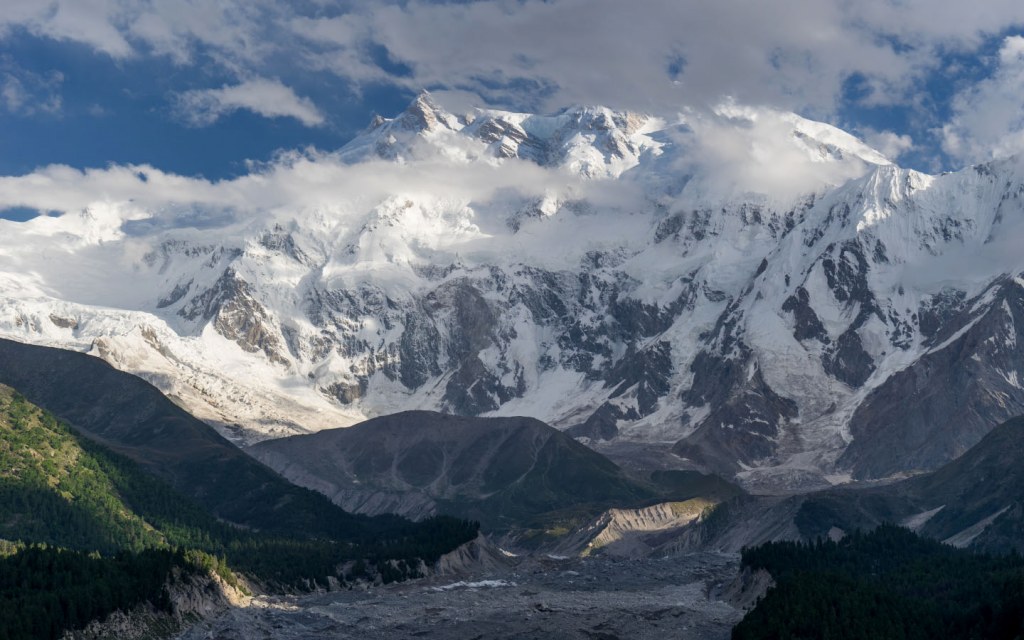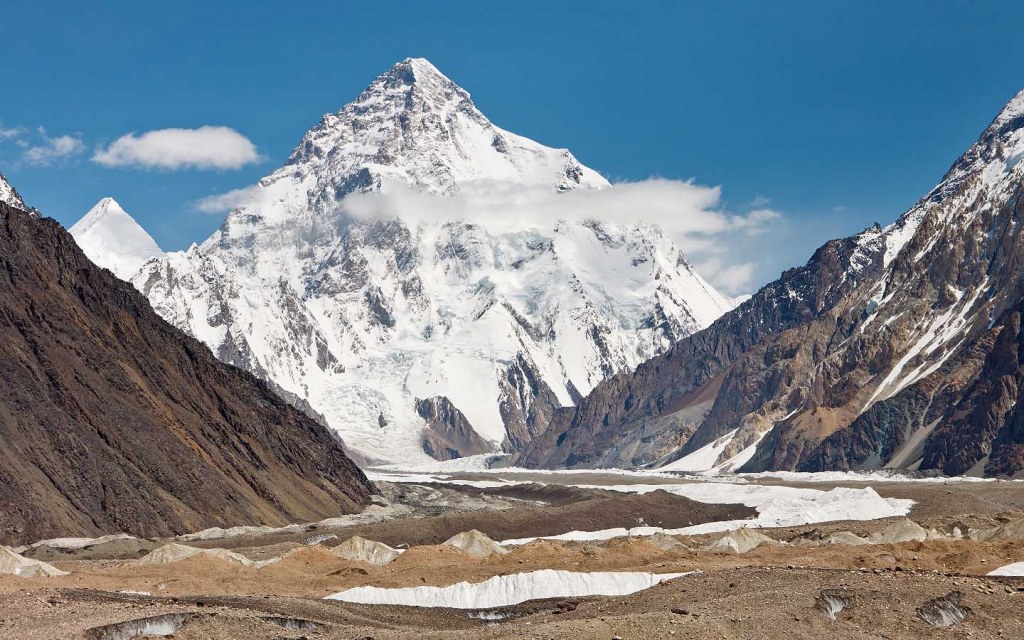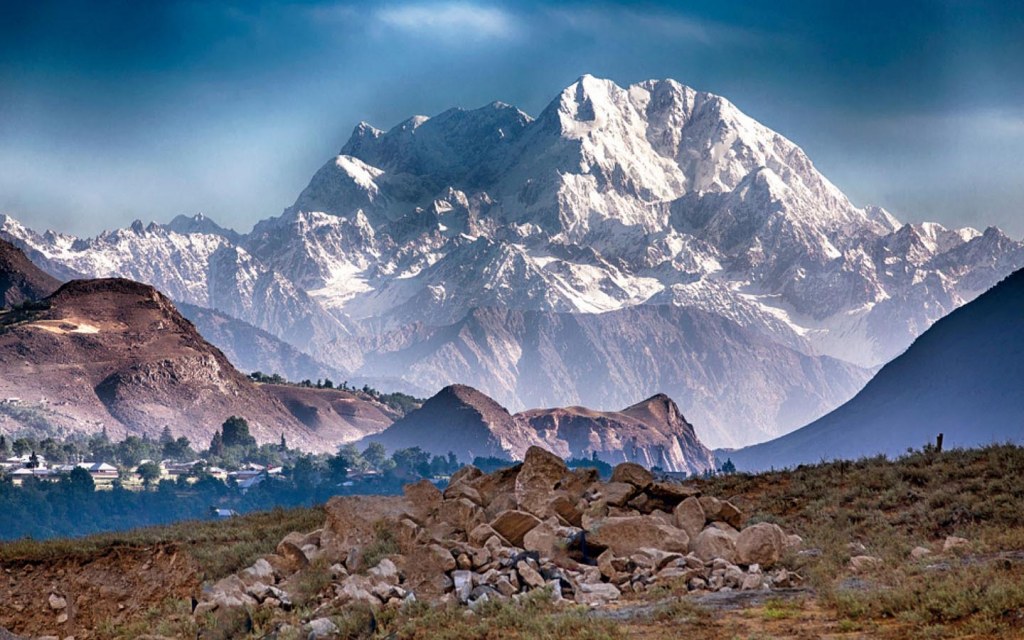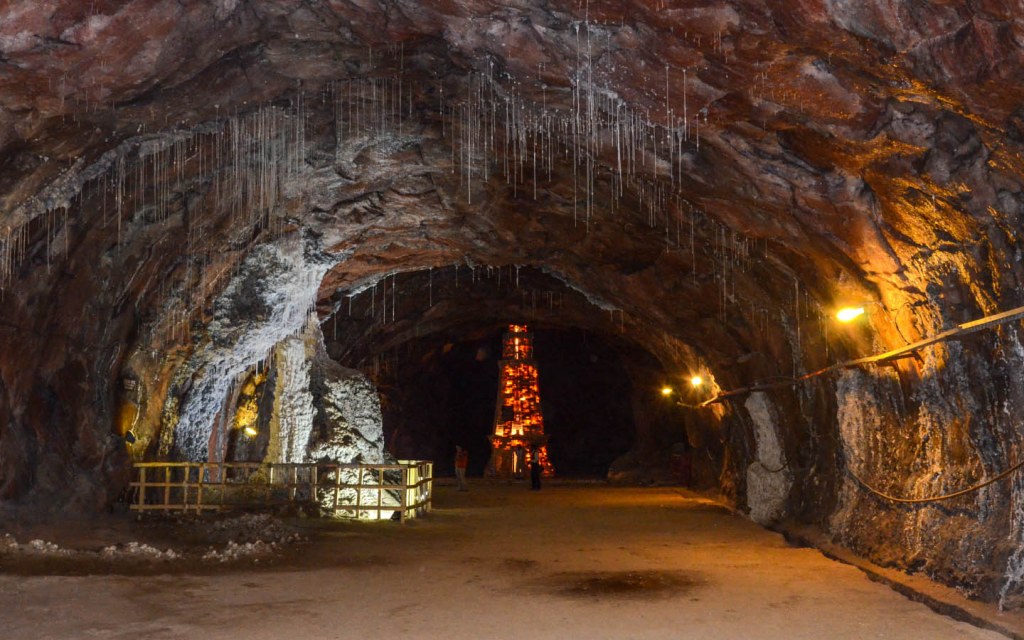If you’re fond of hiking, trekking, and mountain climbing, you might be looking for the best mountain ranges in Pakistan to challenge the thrill-seeker in you. We’re listing down some of the best destinations for your ease.
Top Mountain Ranges in Pakistan for Adventurous Trips
Pakistan is home to geographical diversity, with three of the largest mountain ranges along with four of the highest peaks in the world (above 8,600 metres or 28,000 feet). Stay with us as we discuss these mountainous regions in detail, along with a few of the other major mountain ranges in Pakistan:
- The Himalayas
- The Karakoram Mountain Range
- The Hindu Kush Mountains
- The Sulaiman Mountain Range
- The Salt Range
- The Safed Koh Mountains
- The Kirthar Mountain Range
Now let’s discuss each of these mountain ranges below.
The Himalayas

One of the largest mountain ranges across the globe is the Himalayas mountain range, which is almost 2,400 kilometres long, spreading across five different international borders. This translates into China, India, Pakistan, Nepal, and Bhutan, all having access to the mountainous region, with the western part of the range being located in Astore District in Gilgit-Baltistan, Pakistan. Being one of the most popular tourist spots in Pakistan, Gilgit-Baltistan offers a lot of thrilling excitements, with the Himalayas being a major lure for climbers.
The most famous peak here is the Nanga Parbat, also called the ‘Killer Mountain’, which is the ninth highest in the world at the height of 8,126 metres (26,660 feet) above sea level. Another famous attraction in the area is Deosai National Park, where overnight camping, fishing, and hiking are some of the many activities to keep you entertained. Summer is the best season for conquering these peaks, but winter climbing has also been initiated by daredevils. The Himalayas are also home to Mount Everest, the highest mountain in the world, located between Nepal and China.
The Karakoram Mountain Range

Another mountain range in Pakistan that spreads over several borders, the Karakoram Range is nestled between India (Ladakh), China (Xinjiang), and Pakistan (Gilgit-Baltistan). Running 500 metres in length, the range is located at the northern tip of Pakistan. Home to K-2, the second-highest peak in the world at an elevation of 8,611 metres (28,251 feet), the region is frequented by mountain climbers who enjoy the challenge of conquering the 60+ peaks towering above 7,000 metres (22,960 feet) amidst beautiful surroundings.
The first attempted climb to K-2 was recorded in 1856 when a European team set out to climb the treacherous mountain. It was a member of this very team that gave the mountain its name since it is the second peak in the Karakoram Mountain Range. The Siachen Glacier is also part of this range, with other notable peaks being K-1, K-3, K-4 and K-5, also known as Masherbrum, Broad Peak, Gasherbrum II, and Gasherbrum I, respectively.
The Hindu Kush Mountains

More than 950 metres long, the Hindu Kush Mountain Range is located at the west of the above-mentioned ranges, sharing the borders of Pakistan and Afghanistan. Tirich Mir is the highest peak in this range, at the height of 7,690 metres (25,230 feet), and is located in Chitral Valley. While the mountain was discovered in 1830, and climbers have been attempting to scale it since 1927, but the first successful attempt was made in 1950 by a Norwegian team that also included a few Pakistani climbers.
Almost all of the peaks in the Hindu Kush Mountains have now been scaled, but the enthusiasm refuses to die down for thrill-seekers. Trekking and jeep safari opportunities are also available in the area to entertain visitors.
The Sulaiman Mountain Range
Located in the northern region of Balochistan, the Sulaiman Mountain Range spreads further east into the Zabul province of Afghanistan. While it is a relatively easy climb in comparison to the peaks we’ve mentioned above, it is still a challenging and thrilling adventure. The most famous peak here is Takht-e-Sulaiman, literally meaning ‘Sulaiman’s Throne’. A climb to the top of this mountain can take you to a height of 3,487 metres (11,437 feet) above sea level.
The Salt Range

Earning its name due to the large deposits of rock salt, the Salt Range is spread across northern Punjab with numerous salt mines that attract tourists all year round. Don’t miss your chance to explore the Khewra Salt Mines while you’re there, as it is the second-largest salt mine in the world. Sakesar is the highest peak here at 1,522 metres (nearly 5,000 feet). The Salt Range is also home to several lakes, including Uchhali and Nammal Lakes, making this region a popular picnic spot for the locals, where boating, hiking, and moderately difficult climbing activities are on offer.
The Safed Koh Mountains
Also known as ‘The White Mountain Range’, Safed Koh is located at the Pakistan-Afghanistan border with heights up to 4,761 metres (15,620 feet). Mount Sikaram is the highest and most famous mountain here. As the region is close to the Khyber Pass as well as Shandur Top, the highest polo ground in the world, it is often visited by enthusiastic climbers and trekkers, particularly during the Shandur Polo Festival, held once a year in the Hindu Kush Mountains.
The Kirthar Mountain Range
The provinces of Sindh and Balochistan share the Kirthar Mountain Range between them, with a maximum altitude of around 2,100 metres (7,000 feet). Barugh Hill is the highest peak in Sindh and is a part of the Kirthar Mountains. The range lies north-west of the Gorakh Hill Station, which is called ‘The Murree of Sindh’ and is a popular destination for camping, stargazing, trekking, and bird watching at the height of 1,734 metres (5,688 feet) above sea level.
These are some of the most famous mountain ranges in Pakistan that attract daredevils, mountain climbers, and professional trekkers. If you don’t want to head too far from civilisation, you can also plan a hiking trip to Margalla Hills in Islamabad.
Keep reading more travel and tourism posts on Zameen Blog and share your suggestions with us at blog@zameen.com.



